As a leading manufacturer and supplier of High-Quality Surgical Instruments In Saudi Arabia, OxyTech stands at the forefront of innovation, precision, and trust. With a deep understanding of the critical role surgical tools play in modern healthcare, we deliver performance-driven instruments that empower medical professionals to achieve excellence in every procedure.
OxyTech has built a strong reputation among hospitals, clinics, and healthcare professionals across Saudi Arabia. Our commitment to crafting reliable and durable Surgical Instruments, Respiratory Equipment And Medical Furniture stems from years of experience and technical excellence. We combine advanced manufacturing techniques with rigorous quality standards to ensure every tool meets the highest levels of safety and efficiency demanded in medical environments.
Our extensive portfolio includes a wide variety of surgical instruments designed to support diverse medical specialties and procedures. Every product is meticulously engineered for precision, balance, and ergonomic comfort.
OxyTech’s product line includes:
Scalpels and Blades – Razor-sharp precision tools for clean and controlled incisions.
Forceps – Fine-tuned grasping and holding instruments for surgical accuracy.
Scissors – Surgical-grade scissors designed for smooth, effortless cutting.
Needle Holders – Sturdy and precise for safe and efficient suturing.
Retractors – Built for optimal surgical visibility and tissue management.
Specialty and Custom Instruments – Tailored tools designed for specialized medical applications.
Each instrument undergoes thorough quality inspections to guarantee long-lasting performance and reliability, even under the most demanding operating conditions.
At OxyTech, excellence begins with innovation. Leveraging cutting-edge manufacturing facilities and precision engineering, we craft surgical instruments that adhere to stringent quality control standards. Every product is manufactured from premium-grade stainless steel and undergoes meticulous inspection for dimensional accuracy, corrosion resistance, and performance integrity.
Our production standards meet internationally recognized benchmarks, ensuring consistency and compliance across every instrument we deliver.
OxyTech sets itself apart as a trusted surgical instrument manufacturer by upholding a tradition of craftsmanship, reliability, and client satisfaction.
Key advantages of choosing OxyTech include:
Exceptional durability and long service life.
Superior accuracy and performance across all surgical applications.
Uncompromising safety standards that ensure patient and practitioner confidence.
Competitive pricing without compromise on quality.
Reliable and timely delivery across the Kingdom and beyond.
When you choose OxyTech, you choose precision, trust, and a partner who understands the vital importance of quality in healthcare.
OxyTech’s commitment extends beyond manufacturing. We take pride in providing responsive and dependable after-sales support to all clients. Our expert customer service team ensures that hospitals and medical professionals always receive the tools and assistance they need to perform with confidence and precision.
Whether you require standard surgical tools or customized solutions, OxyTech’s professionals are dedicated to providing expert guidance, continuous support, and long-term partnerships.
Our surgical instruments comply with leading international quality management standards, including ISO 13485 and other relevant regulatory frameworks. OxyTech’s adherence to global certifications ensures each product meets the most rigorous safety, sterility, and performance criteria required in surgical environments worldwide.
OxyTech continues to strengthen its position as one of Saudi Arabia’s most trusted Surgical Instrument Suppliers, driven by innovation, precision, and customer trust. With every instrument we produce, we reinforce our mission: to enhance surgical performance and improve patient outcomes through superior craftsmanship.
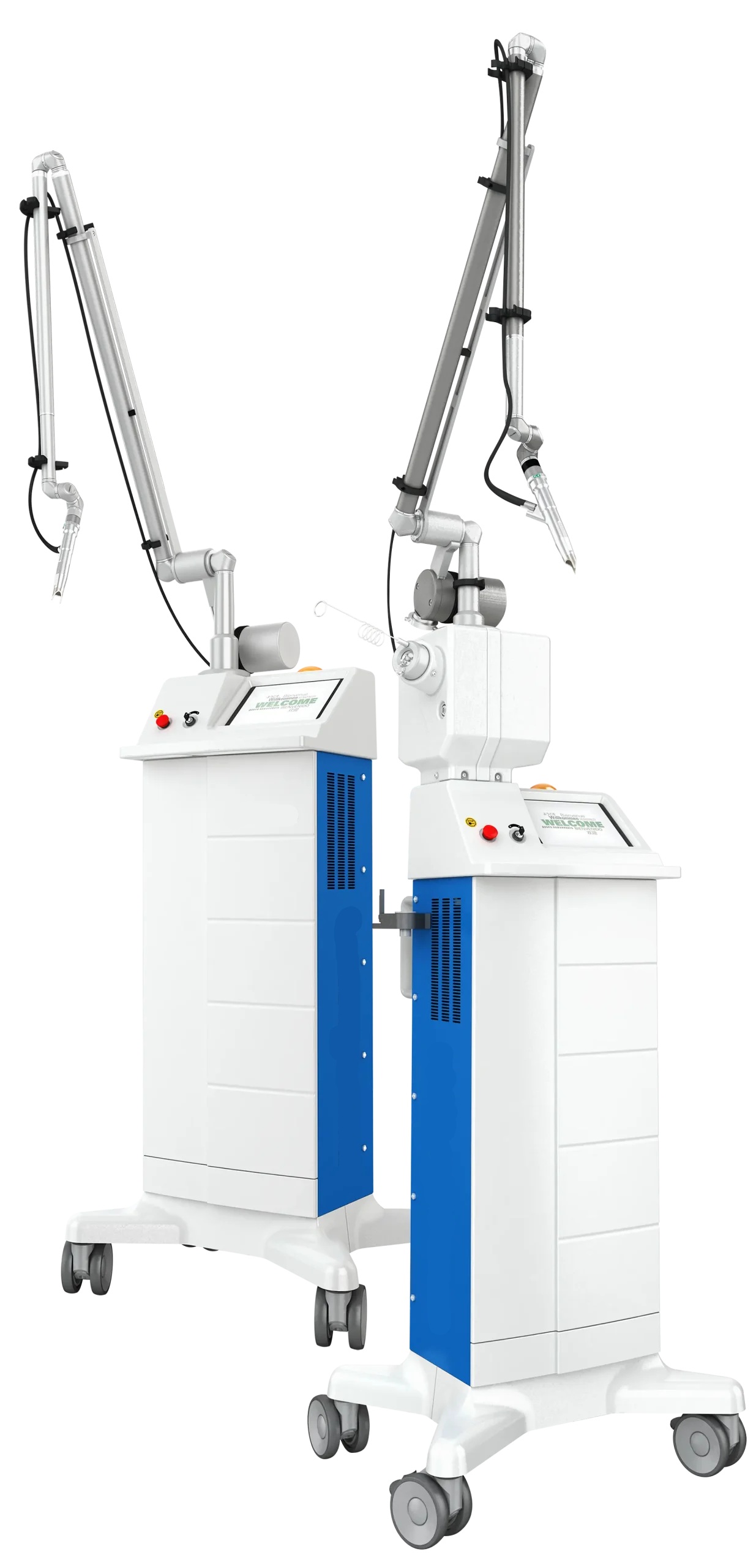
High-precision tools that use focused light energy to cut, coagulate, or vaporize tissue with minimal bleeding and reduced trauma. Common in dermatology, urology, ENT, and ophthalmology.
Types : CO₂ lasers, Nd:YAG lasers, Diode lasers, Er:YAG lasers, Argon Laser, KTP Laser (Potassium Titanyl Phosphate), Excimer Laser.
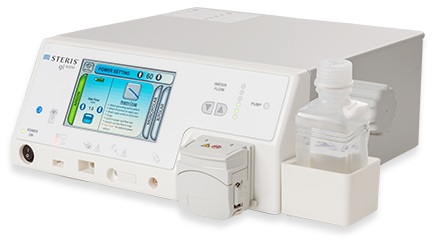
Use high-frequency electrical current to cut or coagulate tissue during surgery, ensuring minimal blood loss and faster healing. Equipped with safety modes and multiple power settings.
Types : Monopolar units, Bipolar units, Combination ESUs with advanced safety features.
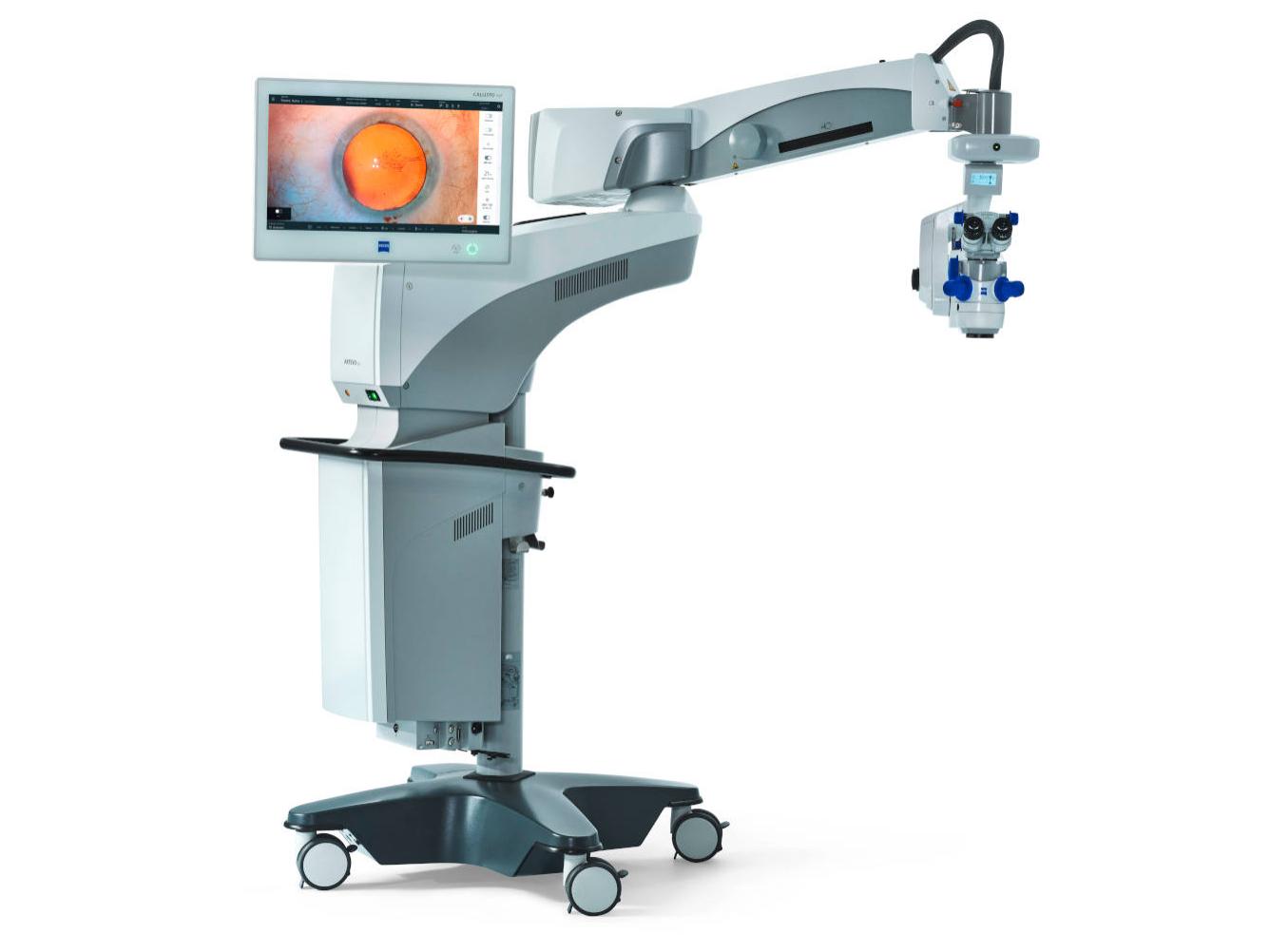
High-magnification optical devices used for delicate surgeries like neurosurgery, ENT, ophthalmology, and microvascular procedures. Offer bright illumination and precision focusing.
Types : Floor-mounted, Wall-mounted, Tabletop microscopes, With or without integrated camera systems.
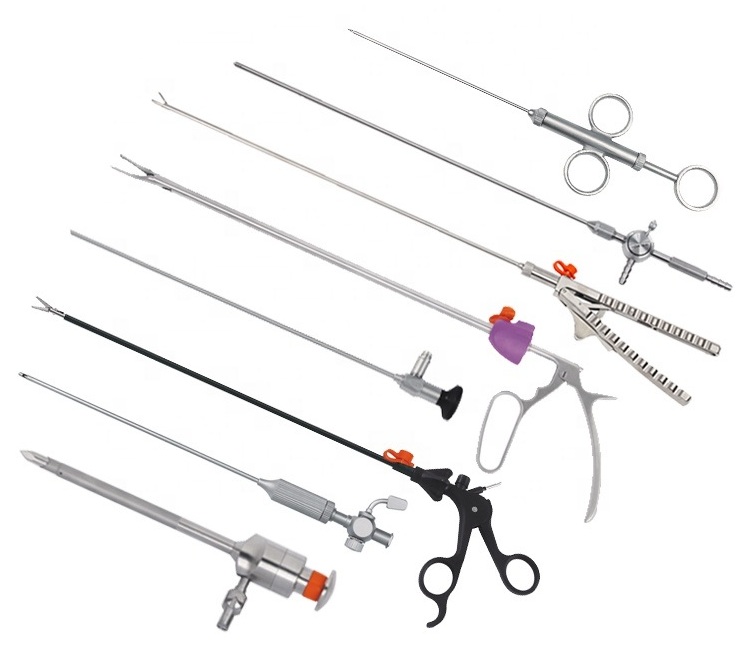
Specialized tools and instruments used in minimally invasive surgical procedures called laparoscopies. These instruments allow surgeons to perform operations through small incisions, rather than the large incisions required for traditional open surgery.
Types : Laparoscope, Trocars, graspers, scissors, dissectors, Hooks, Surgical Mesh, Insufflator.
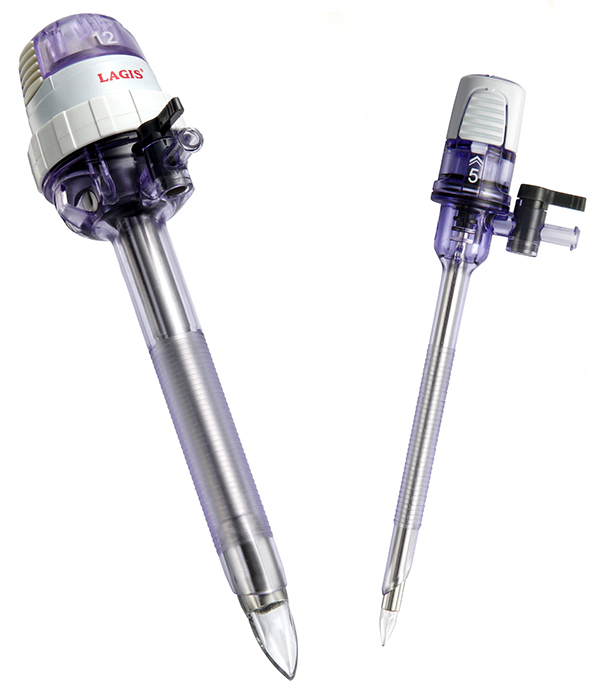
Sterile, single-use instruments used to create access ports during laparoscopic procedures. Designed for safety, precision, and reduced contamination risk.
Types : Bladed, bladeless, optical trocars; with or without valve systems.
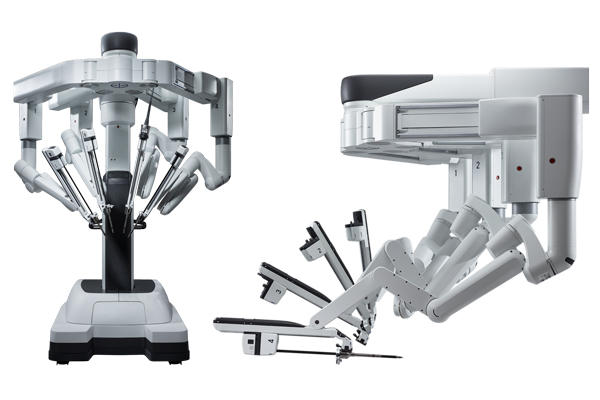
Computer-assisted platforms that enhance surgical precision, control, and minimally invasive access. Features 3D visualization and motion scaling.
Types : Computer-assisted platforms that enhance surgical precision, control, and minimally invasive access. Features 3D visualization and motion scaling.
Custom-fitted external devices replacing lost limbs for functional and cosmetic restoration. Designed for mobility, durability, and user comfort.
Types : Upper-limb and lower-limb prostheses, Myoelectric, Cosmetic, Mechanical prosthetics.
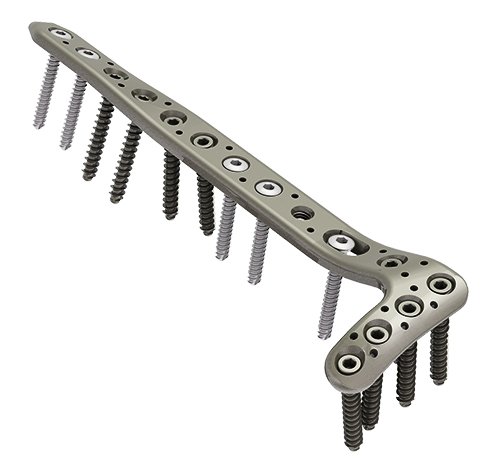
Implants used to repair or replace bones and joints in trauma or reconstruction. Made from biocompatible metals or polymers.
Types : Plates, Screws, Intramedullary nails, External fixators, Joint implants, Bone cement.
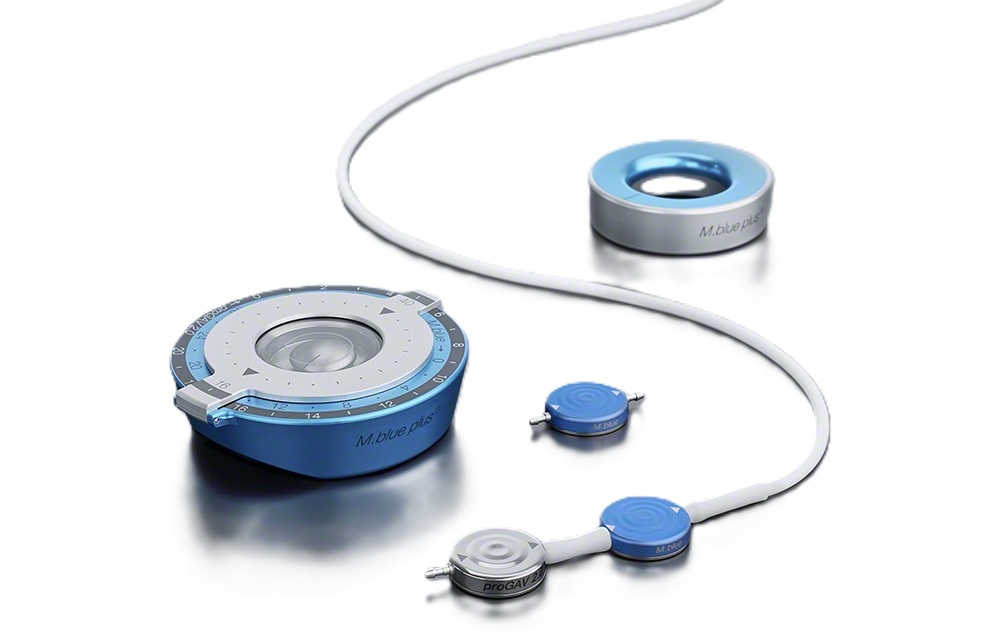
Surgical shunts are specialized medical devices used to redirect body fluids, ensuring proper flow and relieving pressure in critical conditions such as hydrocephalus or liver disorders. These devices help restore balance, prevent complications, and support long-term patient health. Made from biocompatible materials, surgical shunts are designed for safety, durability, and effective performance in complex procedures. Widely trusted by surgeons, they play a vital role in life-saving treatments across multiple specialties.
Types : Ventriculoperitoneal, Ventriculoatrial, Lumboperitoneal, Ventriculopleural.
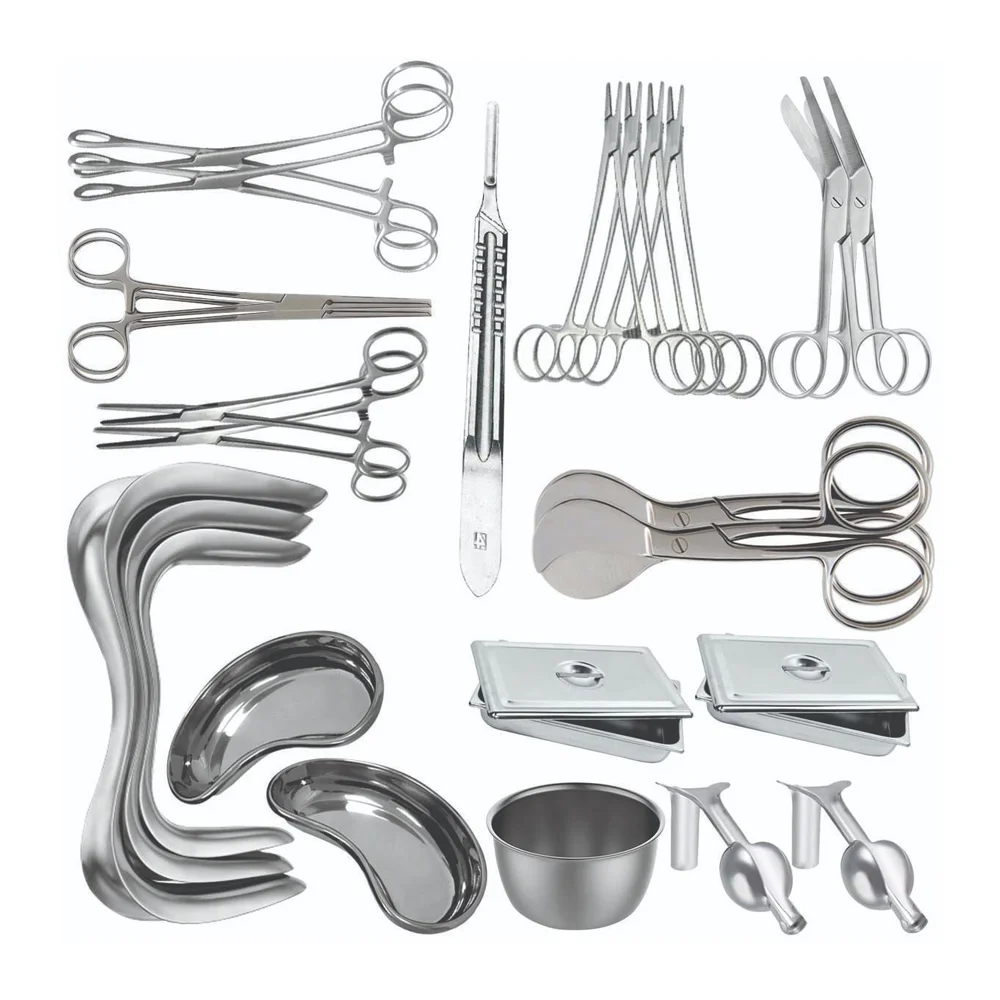
Protect and organize surgical tools during sterilization and storage. Made from stainless steel or autoclavable polymer.
Types : Cases, trays, mats or tray liners, racks, covers, wraps, stands, holders, stringers, or protectors, clips Instrument trays, Silicone mats, Stringers, Sterilization wraps, Racks, Protectors, Endoscope Holders, Stands (Mayo, Kickbucket, Ring stands).
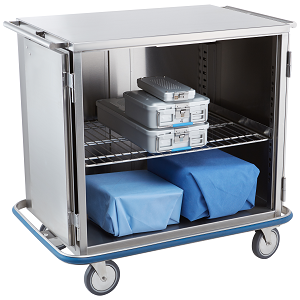
Mobile carts designed for sterile transport of surgical instruments and supplies. Built with sealed doors, shelves, and easy-roll casters.
Types : Open or enclosed carts, Stainless steel carts, Lockable transport carts, Heated Case Carts.
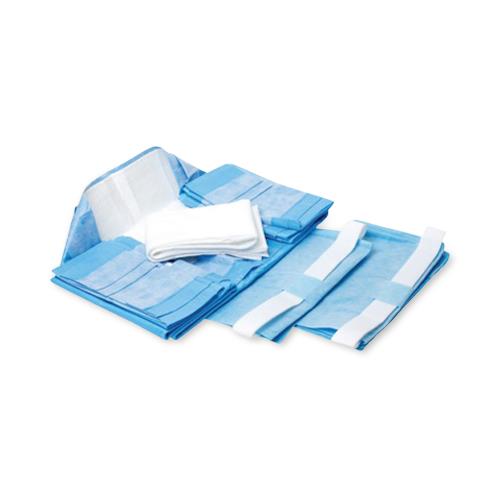
Pre-packed disposable kits for post-operative cleanup and biohazard management. Ensures safety and infection control.
Types : Standard clean-up kits, Spill kits, Custom-configured surgical kits.
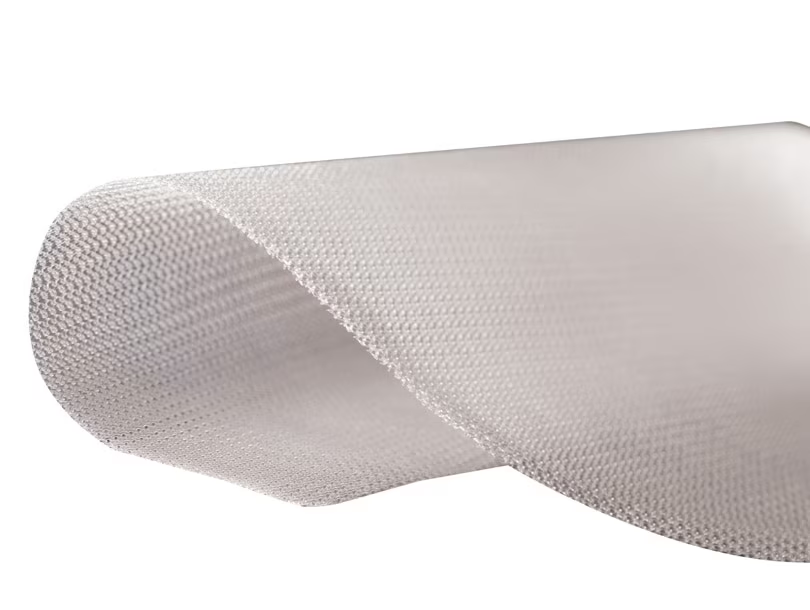
Implantable mesh used for tissue support in hernia and pelvic floor repairs. Promotes healing while reducing recurrence.
Types : Synthetic mesh (polypropylene), Biologic mesh, Absorbable/non-absorbable mesh.
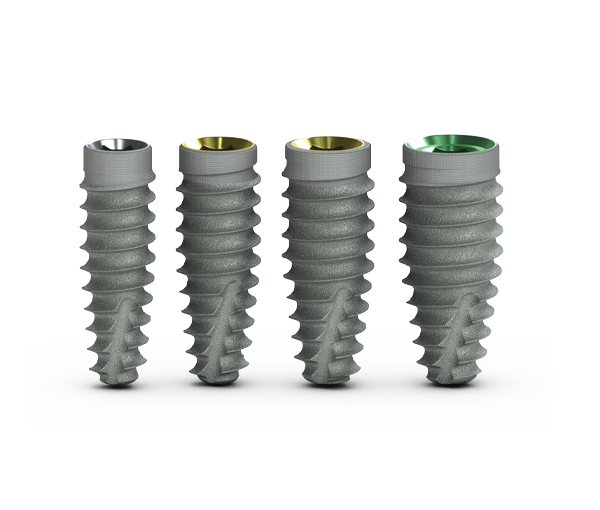
Titanium-based anchors surgically placed into the jawbone to support crowns or dentures. Promote long-term oral restoration.
Types : Endosteal implants, Subperiosteal implants, Mini implants.
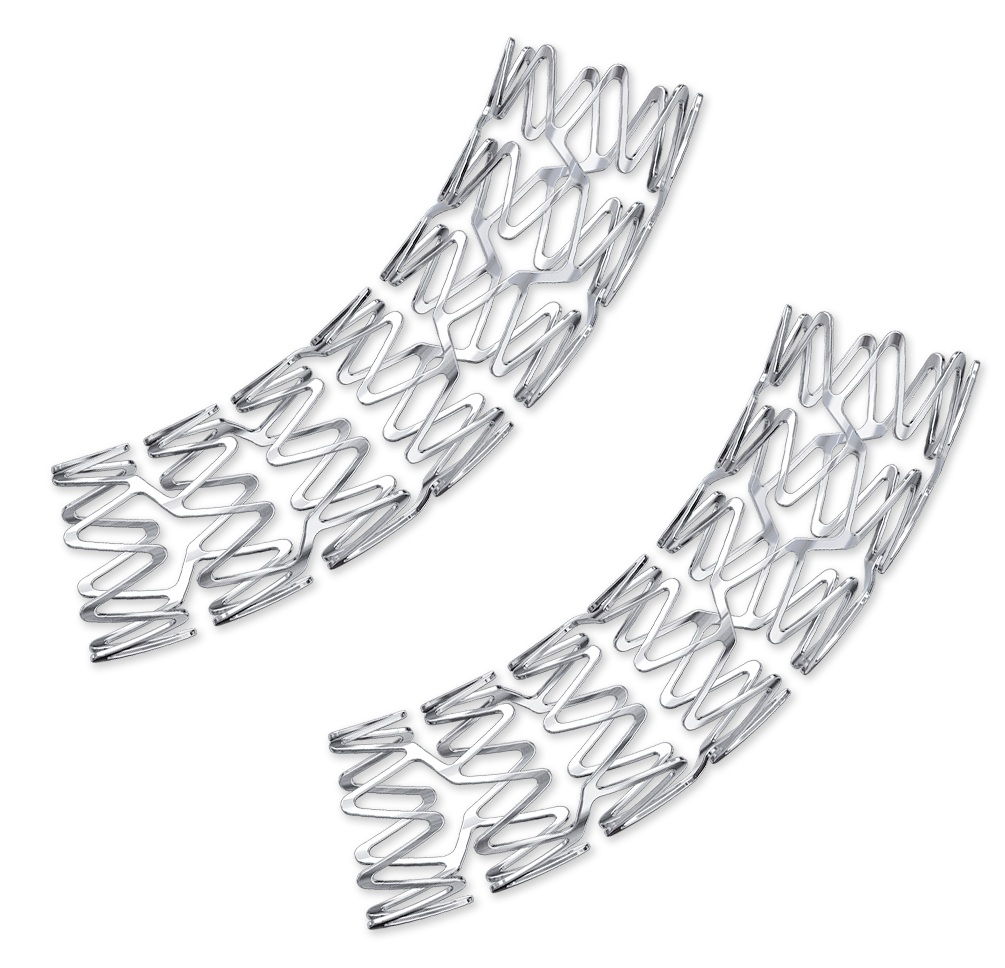
Tiny mesh tubes inserted into coronary arteries to maintain blood flow post-angioplasty. Some are drug-eluting for reduced restenosis.
Types : Bare-metal stents, Drug-eluting stents, Bioresorbable stents, Dual Therapy Stents (DTS).

Precision surgical knives with disposable or reusable blades for cutting tissues. Offers ergonomic control and minimal trauma.
Types : No. 10–24 blades, Disposable scalpels, Handle-based reusable scalpels, Laser Scalpels.
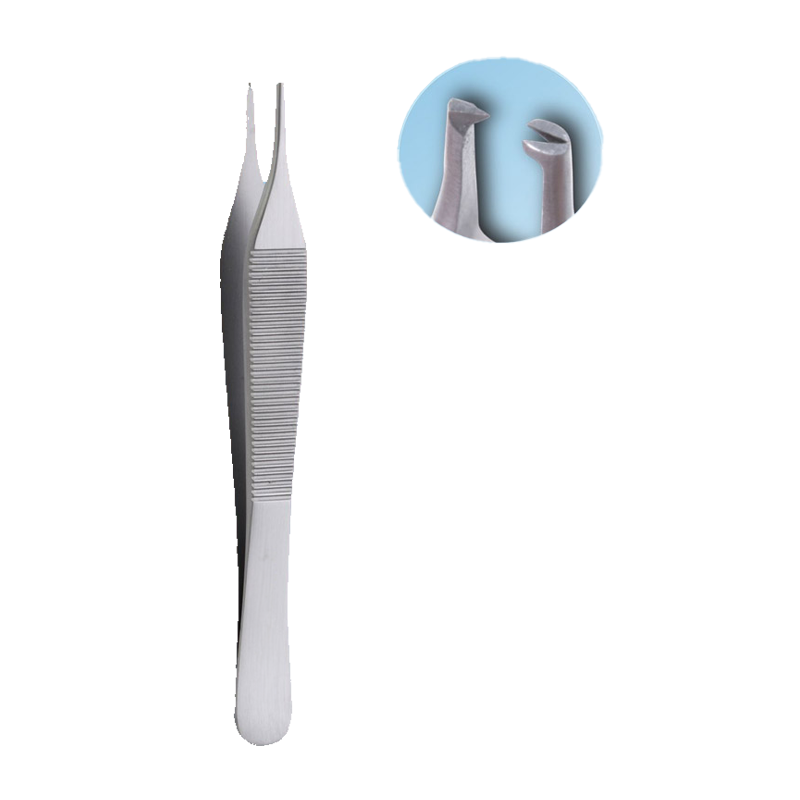
Grasping instruments used in surgery for tissue handling, suturing, or hemostasis.
Types : Kocher, Adson, Mosquito, Allis, Tissue forceps.

Surgical scissors for cutting tissue, sutures, or dressings with accuracy and control.
Types : Mayo, Metzenbaum, Iris, Bandage, Surgical scissors.
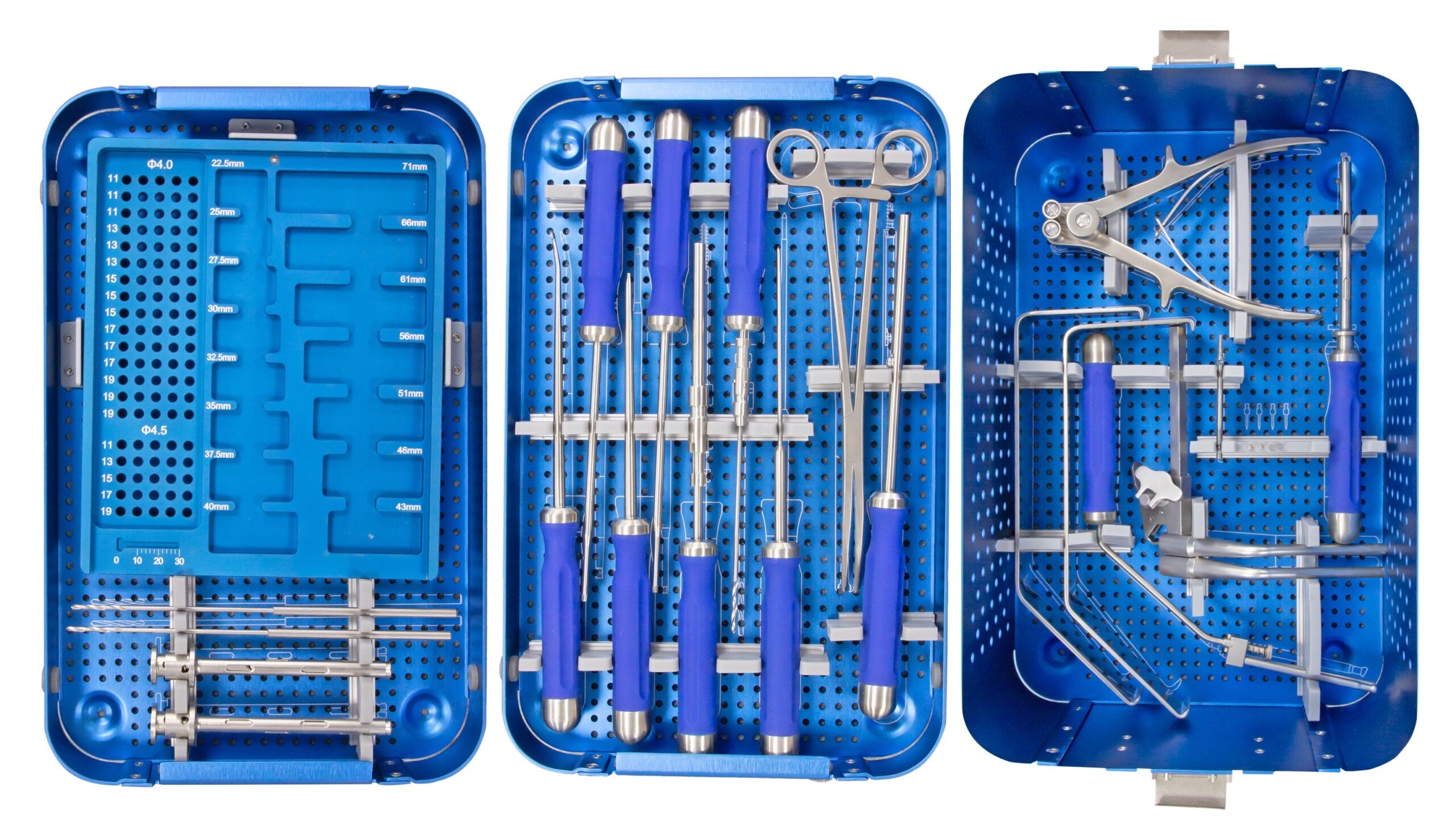
Includes implants and instruments for spinal fusion procedures in the cervical region. Ensures stability and supports healing.
Types : Anterior cervical plates, Screws, Spacers, Interbody cages.
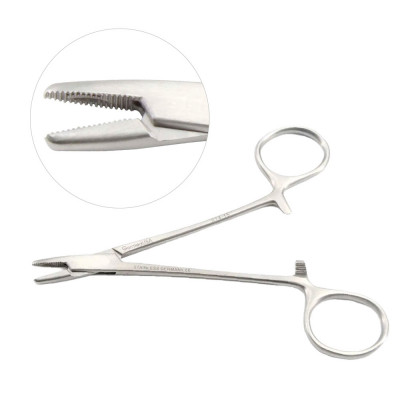
Used to securely hold and guide surgical needles during suturing. Designed for grip and precise control.
Types : Mayo-Hegar, Olsen-Hegar, Castroviejo. needle holders, Crile-Wood Needle Holder, Webster Needle Holder, Mathieu Needle Holder
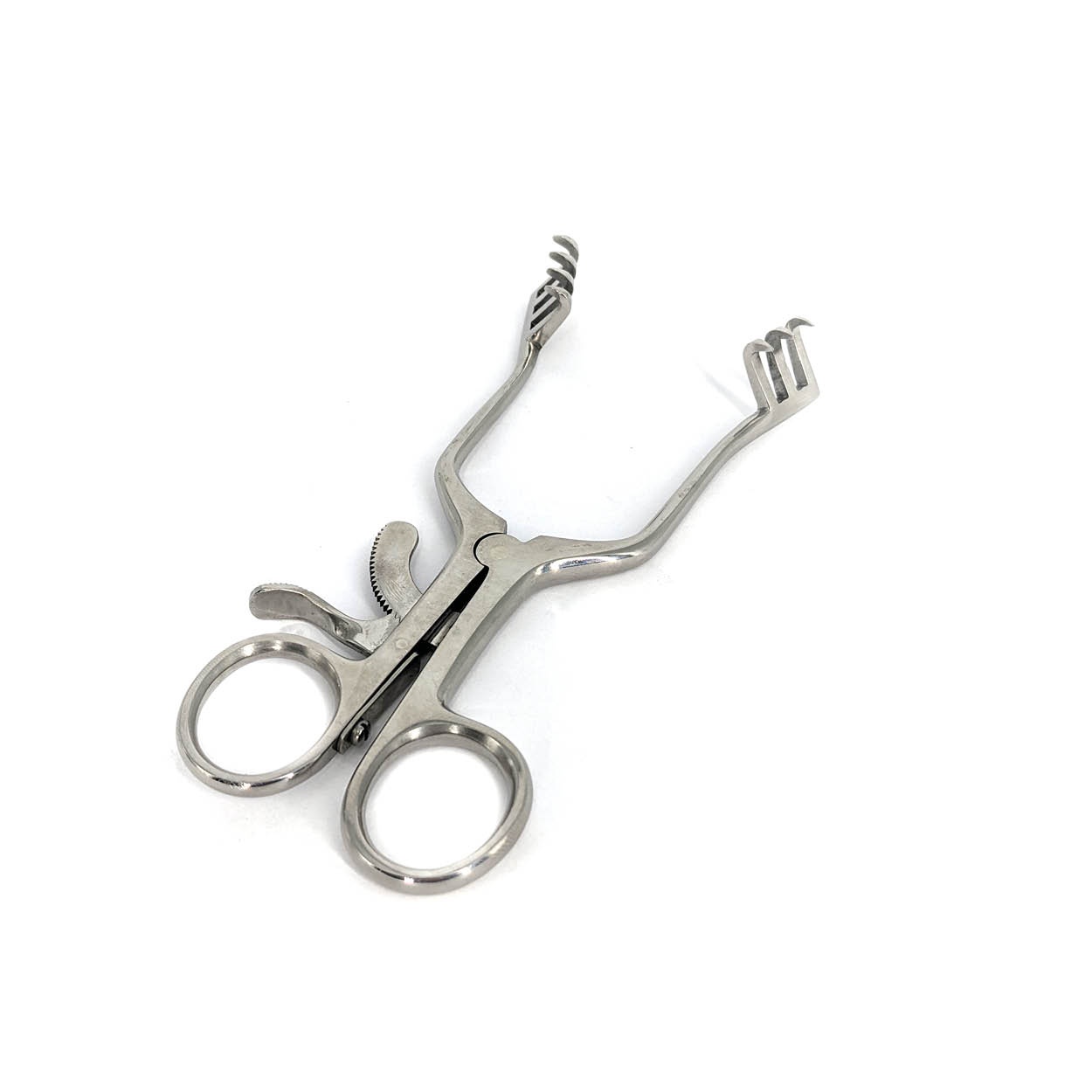
Surgical tools used to hold open tissue or organs to provide better visibility and access.
Types : Hand-held or self-retaining; Hohmann, Deaver, Gelpi retractors.
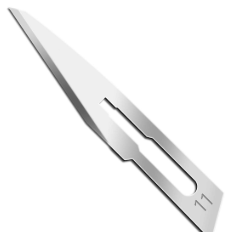
Sharp, disposable blades used with a scalpel handle to make incisions. Sterile and individually packed.
Types : Different sizes; carbon steel or stainless steel.
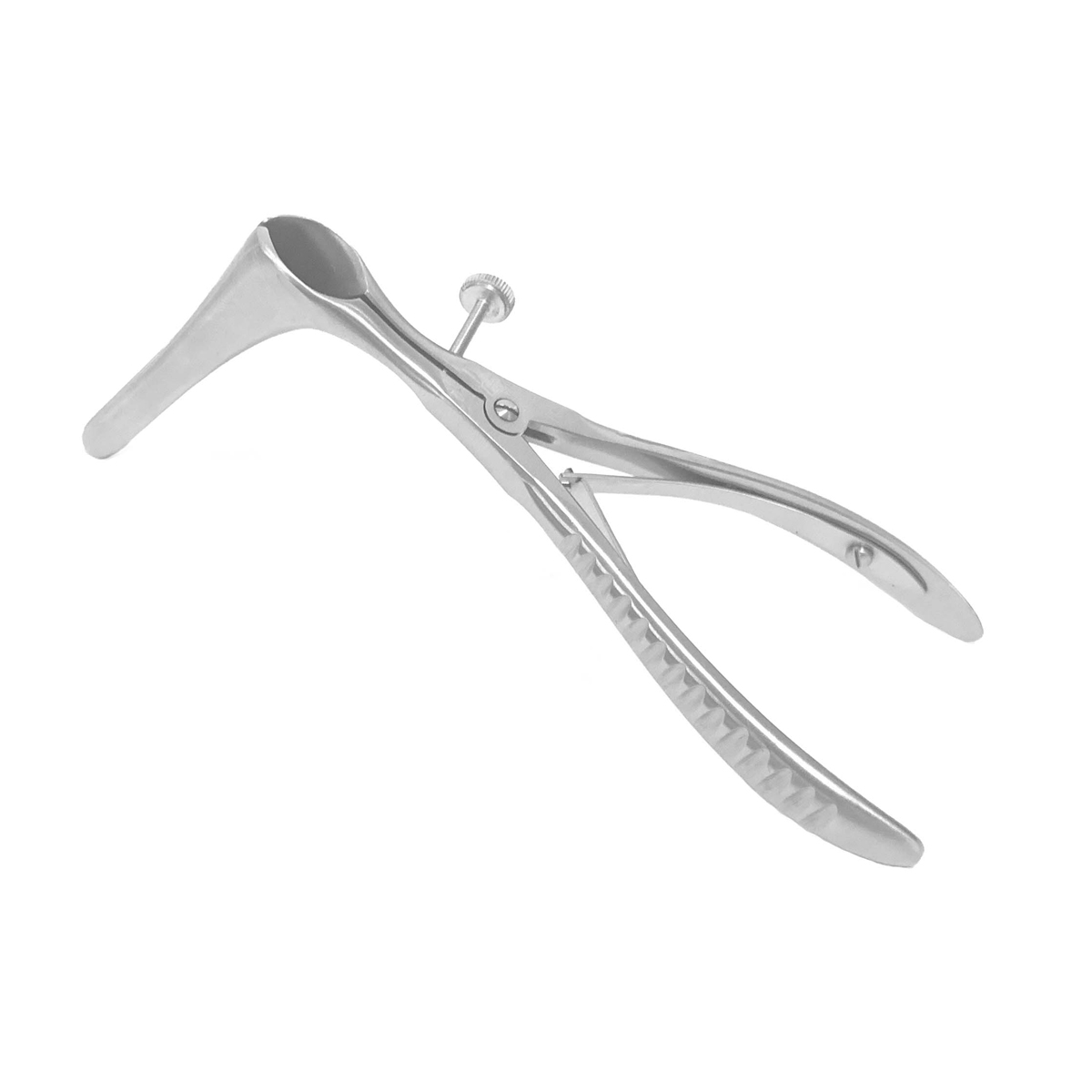
Used to hold open a body cavity for examination or surgery, especially in gynecology.
Types : Vaginal speculum (Cusco, Graves), Nasal and rectal speculums.

A strong, scoop-shaped instrument for removing bone or dense tissue during orthopedic or neurosurgical procedures.
Types : Kerrison, Leksell, Double-action rongeurs.
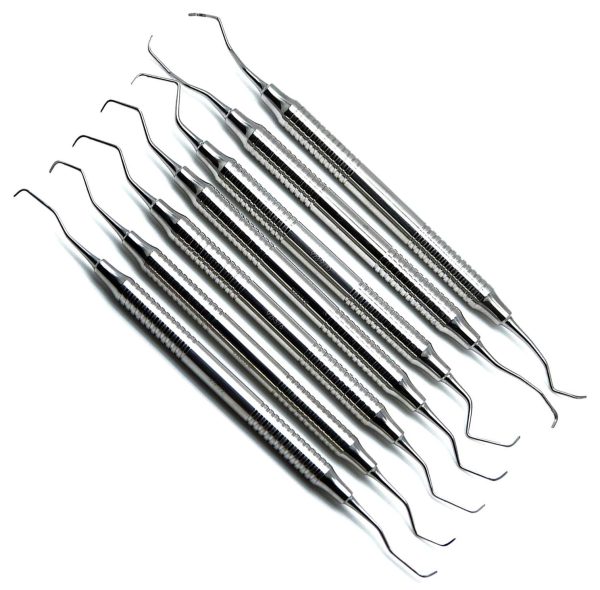
Spoon-shaped instrument used for scraping tissue or debris from body cavities.
Types : Uterine, Bone, Ear, or dermatologic curettes; sharp and blunt types.

Used to secure drapes and surgical towels in place. Offers firm grip without damaging tissues.
Types : Backhaus, Jones, Lorna (non-perforating) clamps, Mayo-Robson Towel Clamp.
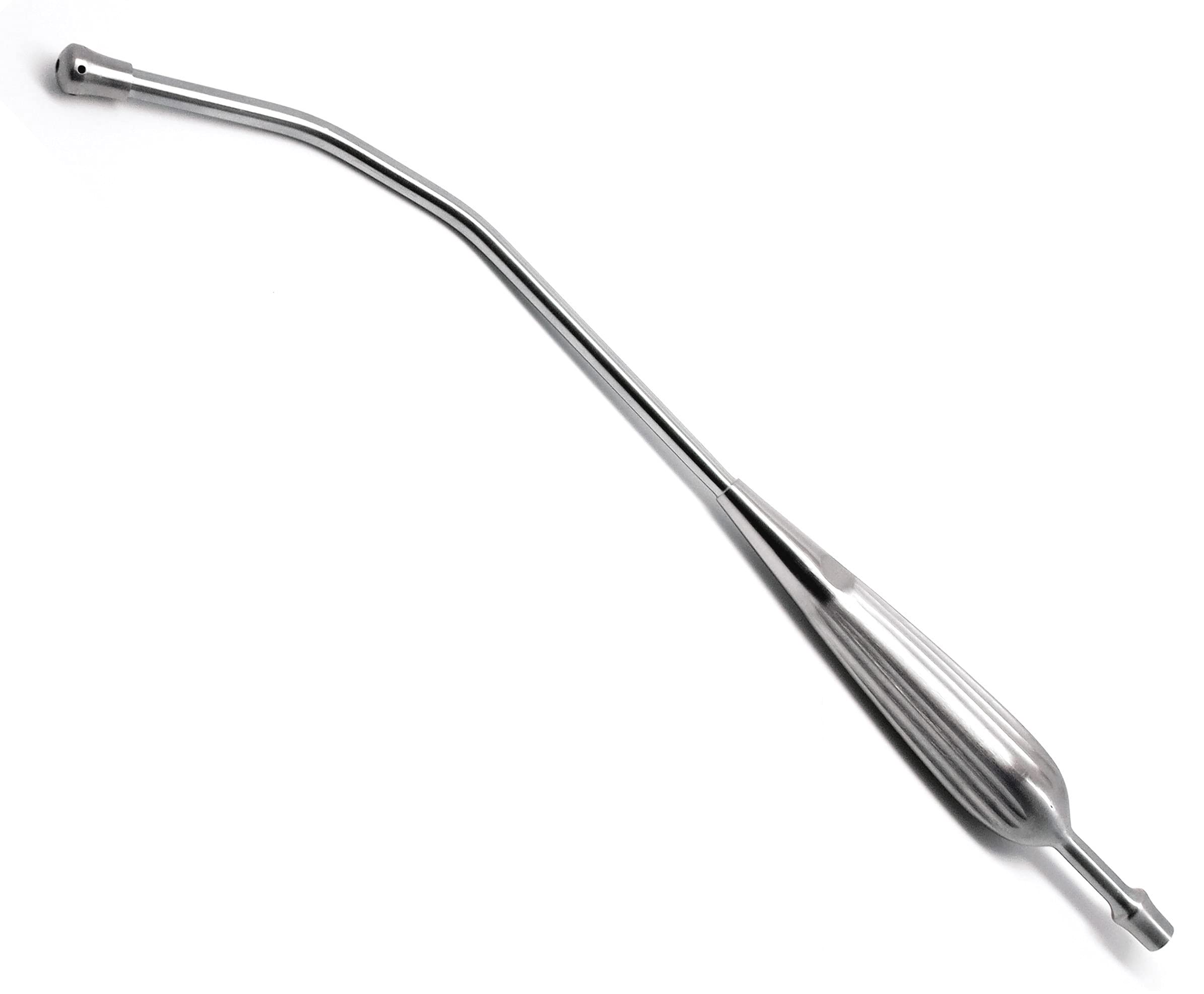
Rigid suction tool used to clear surgical fields or airways. Provides controlled suction with minimal trauma.
Types : Yankauer with bulb tip, standard and vented designs.
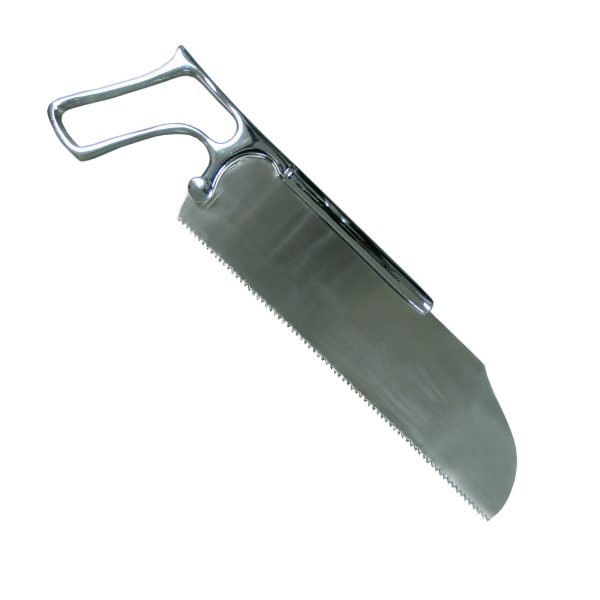
Powered or manual instrument used to cut through bone during orthopedic or trauma surgery.
Types : Oscillating saw, Reciprocating saw, Gigli saw.